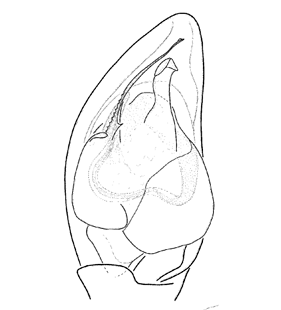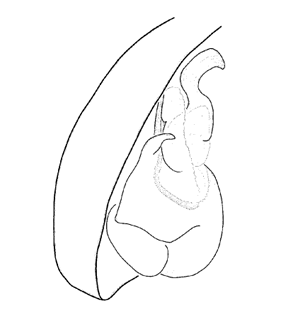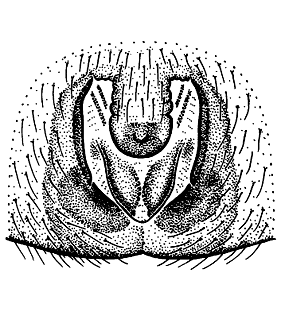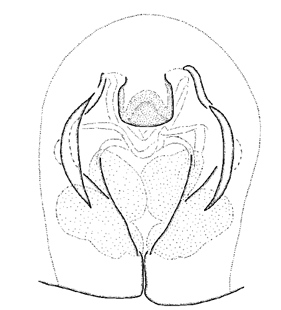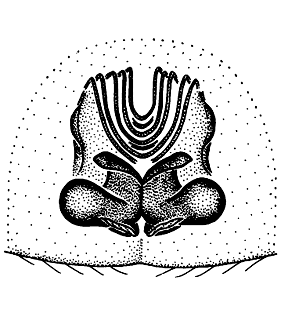Gnaphosa moesta Thorell, 1875
Beschreibung
Prosoma, Cheliceren, Sternum, Labium, Palpenenditen und Beine gräulich-gelb. Opsthosoma grau, Bereich der Buchlungen gelb, Scutum klein, grau-braun. Embolus basal mit hakenförmigem Höcker. Seitliche Epigynenränder parallel
Körperlänge Männchen: 6.0-8.2 mmKörperlänge Weibchen: 7.3-12.6 mm
Verbreitung
Phänologie
| Jan | Feb | Mar | Apr | May | Jun | Jul | Aug | Sep | Oct | Nov | Dec |
 |  |
Abbildungen
Verbreitungsnachweise
"No reference" bedeutet nicht, dass die Art in diesem Land nicht vorkommt, sondern dass wir die Referenz hierfür noch nicht eingefügt haben. Wir arbeiten daran.
Literatur
Blagoev G, Deltshev C, Lazarov S, Naumova M (2018) The spiders (Araneae) of Bulgaria. Version: August 2018. National Museum of Natural History, Bulgarian Academy of Sciences. Online at http://www.nmnhs.com/spiders-bulgaria/ (accessed on 10.9.2018) ![]()
Kovblyuk M M (2005a) The spider genus Gnaphosa Latreille, 1804 in the Crimea (Aranei: Gnaphosidae). Arthropoda Selecta 14: 133-152 ![]()
Ovtsharenko V I, Platnick N I, Marusik Y M (1995) A review of the Holarctic ground spider genus Parasyrisca (Araneae, Gnaphosidae). American Museum Novitates 3147: 1-55 ![]()
Ovtsharenko V I, Platnick N I, Song D X (1992) A review of the North Asian ground spiders of the genus Gnaphosa (Araneae, Gnaphosidae). Bulletin of the American Museum of Natural History 212: 1-88 ![]()
Tuneva T K, Esyunin S L (2003a) A review of the Gnaphosidae fauna of the Urals (Aranei), 3. New species and new records, chiefly from the south Urals. Arthropoda Selecta 11: 223-234 ![]()
WSC (2025) World Spider Catalog. Version 26. Natural History Museum Bern, online at http://wsc.nmbe.ch (28.2.2025) doi: 10.24436/2 ![]()


